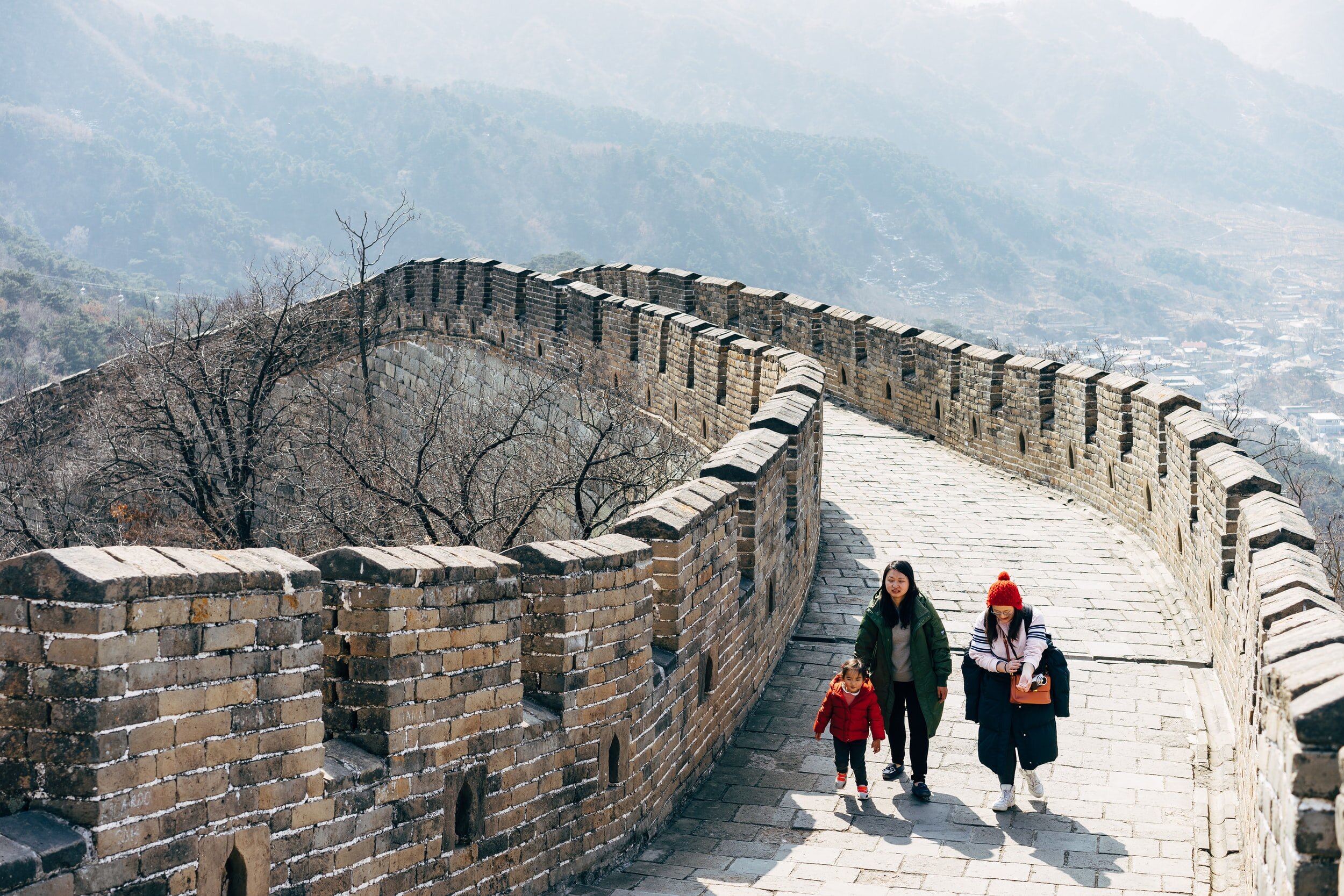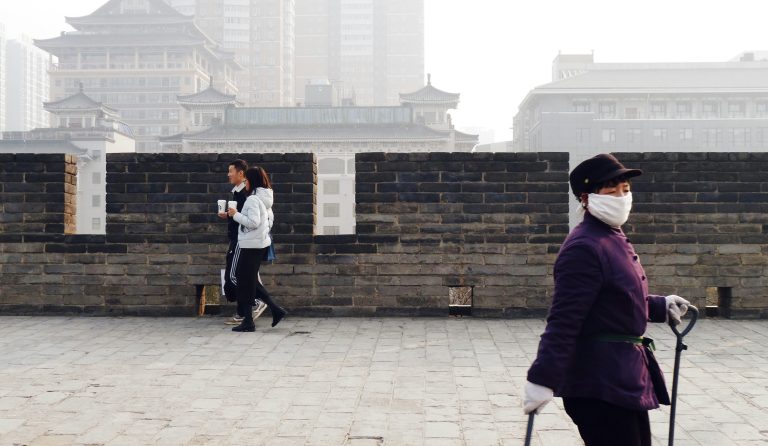
Editor’s note: This year, we have prayed for and with the church in China, with our prayers revolving around the petitions of the Lord’s Prayer over the course of this year. John Smed of Prayer Current believes that when we pray as the Lord directs, and as we witness our prayers answered, knowing they will be, “the aims, values, and goals of Christ’s kingdom enter the fabric and heart of our lives,” which then “increases our capacity for God and expands our heart for others.” At China Partnership, this has been our hope and prayer for 2020. As we end this series, we invite you to join with us in year-end prayers, remembering God’s faithfulness through all the unexpected 2020 has brought.
The pastor in this interview was born in and later became a Christian in a large and important Chinese city. Several years ago, his house church sent him to the United States to study theology and serve churches in the U.S. He served for several years as the church planting minister of a Chinese congregation for a Presbyterian church in a large northeastern city. Recently, he returned to his hometown and church in China to continue the next stage of his service.
China Partnership: China Partnership invites American churches to pray for the churches in China. The theme [this] year is the Lord’s Prayer, and therefore I have some questions for you about the Lord’s Prayer. The prayer, “hallowed be your name” is also an issue of glory, because we as sinners often care less about God’s name [and more about] our own good reputation and our own glory. I see human pride in my own life and in American churches, which often damages our unity. Currently, within the churches in China, do you see such challenges or weakness? In your shepherding of brothers and sisters, or even in your own work, have you experiences such as this that you could share with us?
Wang: Every one of us in the church is a sinner; sinners will sin and will have weaknesses, which are all discussed in the Bible. The book of James says that if we see a man wearing a gold ring and fine clothing, we would say: “You sit here in a good place.” If we see a man in shabby clothing, we say: “Sit down at my feet.” This is quite obvious in American churches, where we judge a person by his education, by his job, by the clothing he wears, and by the car he drives. The same sin exists in the churches in China, but with a different manifestation, which is: can you endure great suffering? Have you suffered greatly? Have you been imprisoned? Have you offered yourself as a minister? Are you humble? These people will be exalted. This reminds me of what Moses says in Leviticus: “You shall not be partial to the poor or defer to the great.”
Never miss a story
In the United States, churches lift up people’s high social status as their glory; in Chinese churches, we could hold people’s low social status outside the church as their glory within the church. This is something we should watch closely, as it is more subtle. When I began to serve in the church, everyone, inside or outside the church, including myself, would say, “Wow! You gave up your great job and great education in order to serve the church.” At the beginning, I congratulated myself and thought, “That’s right! I gave up so much.” But the Lord’s Prayer reminds us: no, it’s not my glory.
It is not our glory. We are to reflect God’s glory and ultimately give all glory to God. The last of the Five Solas is “glory to God alone.” This is a warning for us. As we continue to see the Father’s holiness, we see our own sins. And yes, indeed we face the problem you just mentioned all the time, which seems to suggest that the Reformation has not come to an end.
God will surely bless the lowly and the humble and give glory to them. How is that different from us giving glory to them in the church? Why is it right for God to give glory to them and wrong for the church to lift them up?
Martin Luther differentiated between the theology of the cross and the theology of glory. The glory given by God makes us reflections of his glory. It is not about how lowly we are or how rich we are, we live a godly life according to his law to reflect the glory of God. I think the temptation for the church lies in that we tend to judge whether a person deserves glory by their behavior, social status, or service, which leads us into the error of judgment by behavior and salvation by works.
CP: How have you led and taught your congregation to watch out for this issue and truly seek the glory of the Father?
Wang: This is really hard, as we constantly come back to the theology of our own glory, whether we lift up our social status or our godly life as our glory.
There are a few ways we can approach this problem. The first thing is to preach Christ Jesus alone. Paul says, “I decided to know nothing among you except Jesus Christ and him crucified.” He did not just preach the cross as the content, but preached the cross in the way of the cross. One pastor said that, as ministers, the main thing we should do is to be one who repents openly. A pastor’s open repentance from the pulpit or at other occasions transforms people even more than our open preaching of the cross from the pulpit. Once I was openly apologizing to my congregation, or maybe I was openly repenting for my sin from the pulpit, and one newcomer to our church said: “I do not care whether what you just said was right or wrong, but I think you believe in what you just said.” That was the work of Jesus – he not only preached the gospel of the cross, but he himself is the gospel of the cross. The open repentance of the pastor and open, collective repentance at church gatherings and worship services are critical. We need to hear one another repenting before God, which is a special, special thing within the community. Through such things, the Holy Spirit shows us that we are sinners. The glory belongs to God alone, and it reminds us not to fix our eyes on our own or each other’s glory.
CP: What do you pray and hope for the churches in China? How would you summarize your prayer in one sentence?
Wang: I pray that the church in China will always return to the Scriptures, nonstop. In this day and age, only God’s Word will not change. We have grasped too many changeable things: environment, emotions, and our traditions. Only the Scriptures do not change. I pray that the church will return to the Scriptures every day, every hour, every moment; for preaching, for reflection, for meditation, for faith.
FOR REFLECTION:
This pastor believes that in American churches, believers find glory through social status, while in Chinese churches, it is an individual’s experience of suffering that brings them honor. How might these different types of glory-seeking lead to different problems within churches?































